|| Web Developer Certification Course
In a comprehensive Web Development Training course, you will learn to create robust web applications from start to finish by mastering both front-end and back-end technologies. The Web Development course begins with HTML and CSS, teaching you how to structure and style web pages for a visually appealing and responsive design. You will delve into JavaScript, learning core concepts such as variables, functions, and event handling, before moving on to advanced features like ES6 syntax, asynchronous programming, and the DOM manipulation. Next, the course covers front-end frameworks like React.js or Angular, where you will understand component-based architecture, state management, and the creation of dynamic, interactive user interfaces. On the back-end, you will explore server-side programming with Node.js or other languages like Python (Django/Flask) or Asp.net, PHP, Java, focusing on creating RESTful APIs, handling HTTP requests, and managing server-side logic.
Database management is another crucial aspect, where you will learn to work with relational databases (such as MySQL or PostgreSQL) and NoSQL databases (such as MongoDB). This includes understanding CRUD operations, designing database schemas, and utilizing ORMs for database interactions.
Integration of front-end and back-end components is key to building full-stack applications, where you will learn to manage user authentication, session handling, and ensure secure data transactions. You will also get hands-on experience with version control systems like Git, learning branching, merging, and collaboration workflows.
Furthermore, the course includes DevOps practices like setting up CI/CD pipelines and deploying applications using cloud services like AWS, or Azure. Testing is emphasized through unit tests, integration tests, and end-to-end testing to ensure the reliability and quality of your applications.
Finally, real-world project work enables you to apply all learned concepts, developing complete web applications that are both scalable and maintainable. The course may also cover soft skills such as agile methodologies, effective communication, and project management, preparing you for collaborative work environments in the tech industry. This comprehensive approach ensures you gain a thorough understanding of web development, equipping you with the practical skills needed to succeed as a full-stack developer.
Please contact the nearest BIT training institute or send an email to inquiry@bitbaroda.com with any additional questions you may have regarding our Web Development training course. We offer a free demo by calling us at +91-9328994901. We offer top-notch Web Development Training in Vadodara-Sayajigunj, Vadodara - Waghodia Road, Vadodara - Manjalpur, Ahmedabad, Anand, and Nadiad.








 4.8 (21,636) reviews
4.8 (21,636) reviews
 HTML5
HTML5
 ANGULAR JS
ANGULAR JS
 DOCKER
DOCKER
 GITHUB
GITHUB
 CSS 3
CSS 3
 REACT JS
REACT JS
 C#
C#
 ECLIPS
ECLIPS
 TAILWIND CSS
TAILWIND CSS
 VUE JS
VUE JS
 VISUAL STUDIO
VISUAL STUDIO
 NETBEANS
NETBEANS
 JAVASCRIPT
JAVASCRIPT
 JQUERY
JQUERY
 .NET SDK
.NET SDK
 JASPER
JASPER
 BOOTSTRAP
BOOTSTRAP
 MONGODB
MONGODB
 ASP.NET CORE
ASP.NET CORE
 PYTHON
PYTHON
 PHPSTROM
PHPSTROM
 LARAVEL
LARAVEL
 MVC
MVC
 SQL SERVER
SQL SERVER
 CODEIGNITER
CODEIGNITER
 NODE JS
NODE JS
 FLASK
FLASK
 WORDPRESS
WORDPRESS
 EXPRESS JS
EXPRESS JS
 SQL
SQL




































 Read more
Read more 
